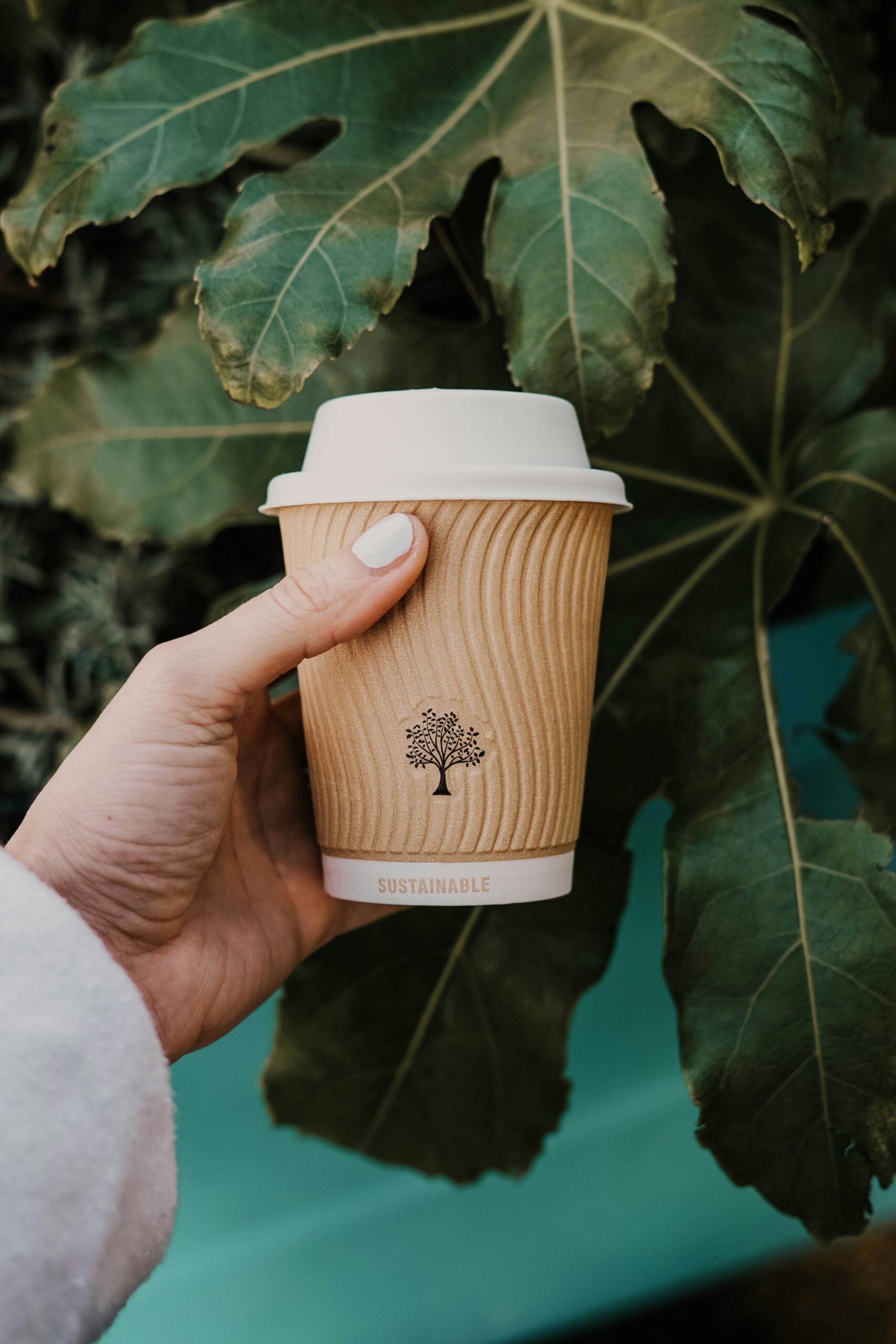In America’s burgeoning foodie culture, food is increasingly being embraced as art. At many high-end restaurants, food is intricately created, carved and designed, and placed with artistic precision and perfection on each plate before being delivered to diners. Color combinations, along with textures, layering, and placement are all considerations a chef uses to create artistically designed dishes. Recently, The Drawing Center in Soho, New York City exhibited the work of Ferran Adria, chef of famed Spanish restaurant El Bulli, demonstrating that Adria’s work at El Bulli had “transcended mere hospitality” and that Adria had achieved the status of artist. But is the presentation of food, intended for eating, considered “art” worthy of intellectual property protection? This post briefly examines whether chefs can protect their food presentation under U.S. trademark law. For a full discussion of chefs’ rights (or lack of rights) to protect food presentation under U.S. copyright law, trademark law, and design patent law, please see Food Art: Protecting Food Presentation Under U.S. Intellectual Property Law.
In 2006, a scandal erupted in the culinary world. Commenters on the popular cuisine blog, eGullet, accused Robin Wickens, famous chef at (now closed) Interlude restaurant in Melbourne, Australia of serving dishes copied from renowned American chefs Wylie Dufresne, Jose Andres, and Grant Achatz. It is not uncommon for chefs to borrow recipes from other chefs, and there has been a long culture of sharing in the cuisine industry. However, what made Wickens’ actions scandalous was that he had purportedly copied the artistic presentation and plating of other chefs’ dishes, not just their recipes.
This is not the only time a chef was accused of copying another chef’s food plating. In 2007, Rebecca Charles (owner and executive chef of the critically acclaimed Pearl Oyster Bar in NYC) filed a trade dress infringement claim against her former sous chef, Edward McFarland, accusing him of copying “all aspects of Pearl’s presentation of its dishes,” and for “prepar[ing] and plat[ing] the dishes in the same manner as Charles does at Pearl.” The parties eventually settled the case with McFarland changing aspects of his restaurant. Similarly, in 2009, Vaca Brava sued Hacienda VacaBrava & Steak House for infringing Vaca Brava’s trade dress in the unique way it plates its meat, where “[e]ach plate serves more than three persons and the food served is arranged and designed to create a specific look to which the plate name relates.” The parties ultimately settled. Most recently, in 2014, New York Pizzeria, Inc. (NYPI) filed a trade dress infringement suit against a former owner, Syal, and his new restaurant alleging, among other things, trade dress infringement for “copying NYPI’s distinctive plating methods.” Specifically, NYPI claimed a protected trade dress interest in the distinctive visual presentation of its “baked ziti, eggplant parmesan, and chicken parmesan,” and alleged that Syal infringed its trade dress by plating his dishes in the same manner. The court recognized that there were rare circumstances where food plating may be protected by trade dress if it is distinctive and serves no functional purpose, but dismissed NYPI’s complaint because it was “half-baked” and failed to allege which dishes infringed NYPI’s trade dress.
Can a chef protect her unique food presentation or plating styles under U.S. trade dress law? A trade dress encompasses characteristics or the overall visual appearance of a product or its packaging that signifies the source of the product to consumers. Like a logo, the purpose of trade dress is to protect consumers from mistakenly purchasing goods or services from one company believing them to be from another because of its similar overall packaging or appearances. In order for a chef to claim a protectable trade dress in her unique food presentation, she must prove: (1) that her food presentation has acquired secondary meaning (i.e., through use, it has come to signify a particular source), and (2) that her food presentation is not functional (i.e., does not affect the cost and quality of the food).
Food can achieve secondary meaning. In a Second Circuit case, the court affirmed that Pepperidge Farm’s goldfish crackers were distinctive and famous, and the length of time, marketing and sales of Pepperidge Farm’s goldfish crackers supported its claim that its goldfish crackers had achieved secondary meaning in the minds of consumers. Pepperidge Farm was able to successfully enjoin its competitor, Nabisco, from selling its own cheese crackers in the shape of fish. However, the bar for a chef to claim secondary meaning in his food presentation is high. A popular chain restaurant, such as Burger King, would likely have a better chance of claiming that its signature dish has achieved secondary meaning in the minds of consumers because of the restaurant’s popularity, high advertising and sales volume, and mass market visibility and appeal.
Food features are not always functional. A product feature is functional if it affects the cost and quality of a product or is essential to the use of the product. The TTAB found the Hershey bar’s “twelve equally-sized recessed rectangular panels arranged in a four panel by three panel format with each panel having its own raised border within a large rectangle” not functional because even though individual features were functional, the mark as a whole was not functional. On the other hand, the District Court of Oregon found curlicue fries to be functional because the curlicue shape offered “superior yield, better taste, better cosmetic plate coverage, slightly faster frying and service time and, possibly, a lower portion cost.” Even Dippin’ Dots’ iconic free flowing small beads of ice cream were found to be functional because the color indicated the flavor of the ice cream, the size contributed to the creamy taste of the product, and the shape indicated its flash-frozen creation process. Unlike curlicue fries or Dippin’ Dots, however, a chef’s choice of designs or plating styles are not necessarily functional. Chefs plate their dishes not purely for functional or utilitarian purposes, but also for aesthetic reasons.
Even if a chef can overcome the secondary meaning and functionality hurdles to show that she owns a valid trade dress in her dish presentation, she may not be able to prevent others from imitation. In order to prevail in a trade dress infringement action, a chef will need to show that, because of the similar trade dress, there is a likelihood that consumers will be confused. In other words, she would have to prove that diners are likely to see the similar food presentation at another restaurant and mistakenly believe that it is being offered by, or associated with, the original chef. Without other factors to support a chef’s trade dress claim, such as similar restaurant décor, this would be a difficult hurdle for any chef to achieve—especially chefs at high-end restaurants that are only patronized at unique locations by a small set of consumers. Nevertheless, celebrity or TV chefs, chefs with highly commercialized images, brands or product-lines, and chefs with multiple restaurants or franchises may be in better positions to allege likelihood of confusion if their food presentation is being knocked-off by another.
For a detailed analysis of food presentation under U.S. copyright law, trademark law, and design patent law, and to see some enticing photos of food art, see Cathay Smith’s Food Art: Protecting Food Presentation Under U.S. Intellectual Property Law, 14 J. Marshall Rev. of Intel. Prop. Law, 1 (2014). Cathay Y. N. Smith is the Whiting Clinical Fellow in the Community Economic Development Clinic at the University of Denver Sturm College of Law.



